
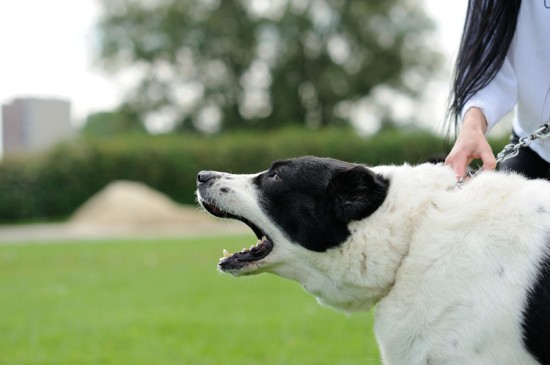
It can be a source of confusion for many dog owners; why their usually calm, personable and sociable dog suddenly becomes much more tense, wound up and prone to act in a snappy or aggressive fashion when restrained on the lead. Indeed, looked at logically it doesn’t make any sense why a dog that is normally calm in nature and gets on well with other dogs or people may become defensive or snappy when restrained.
It can seem as if the path of least resistance and most obvious solution to this problem would be to simply not use the lead on your dog at all, and keep them close to heel but unrestrained, but this is not really an appropriate solution. All dogs should be able to walk sensibly on the lead and not act out or cause a danger, and in many public places, keeping your dog on a lead is required by law.
Before you look at tacking on-lead aggression in your dog, it is important to identify for certain that your dog is in fact displaying aggression and not simply situation-appropriate responses. If another dog or person walks right up to your dog and gets into their personal space while they are on the lead and cannot chose to retreat, a warning growl or defensive posture may not be the desired response, but is a natural and understandable reaction to the circumstances. It is never helpful when another dog owner simply lets their dog leap all over yours, and even though it is clear that your dog is not enjoying it, simply writes it off as ‘they’re only playing,’ and your dog making his feelings known in these circumstances is understandable. Take care to ensure that your dog is allowed plenty of space when out walking on the lead, and that he doesn’t have to push past or come into close contact with other people or dogs. If your dog appears to snap, lunge at or attempt to attack another person or dog while on the lead, totally unprovoked, this is where you might have a genuine problem on your hands.
There are various reasons for why a normally calm and sociable dog may behave aggressively or defensively without provocation when on the lead, and most of them have their roots in training errors or inadvertent communication between the dog and the handler. The lead is a direct line of communication between dog and owner, and your body language, posture and control of the lead at all times while you are holding it, communicate a message directly to your dog.
If at some point, your dog has been pushed into situations he is uncomfortable with or disciplined inappropriately while on the lead, this will have built up negative associations for him with the lead, which can cause a range of problems. Using the lead to pull your dog out of his comfort zone, or expose him to frightening situations, can cause the dog to feel trapped when restrained on the lead in the future, and to act out aggressively pre-emptively before any genuine risk manifests itself. All of these problems are removed along with the lead, which can cause the marked difference in mannerisms and behaviour between the same dog when restrained and when loose.
As mentioned, the lead is a path of communication between you and your dog, and how you handle it will directly affect your dog’s reactions. It is understandable that if you spot a situation that experience has taught you will cause your dog to act aggressively, you yourself will begin to tense up, take a firmer hold of the lead and begin transmitting a myriad of inadvertent warning signals to your dog. This will only validate and encourage his negative reactions. When you spot the presence of something that is potentially going to cause your dog to tense up and take on an aggressive posture, try to re-train yourself from the way that you would normally respond.
Remember to keep a safe distance from the problem at hand, but also make a conscious effort not to tighten the lead, tense up, or convey to your dog that there is a problem. Try to ignore it as much as possible, and behave normally. This can take many attempts to begin to get through to your dog, but is an important factor in managing the vicious cycle of on-lead aggression.
As well as changing your own reactions and doing what you can to ensure that you are not enabling your dog’s on-lead aggression, there are several very pro-active steps that you can take in an attempt to address the problem.
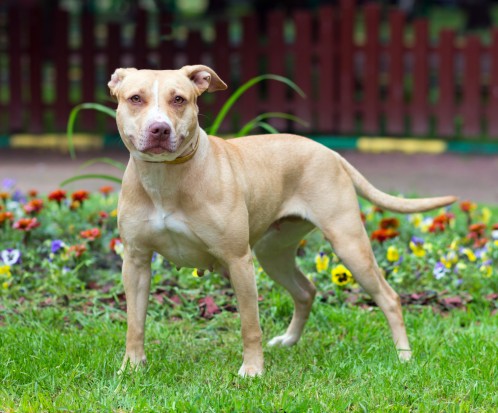 All About The Dangerous Dogs Act
All About The Dan
All About The Dangerous Dogs Act
All About The Dan
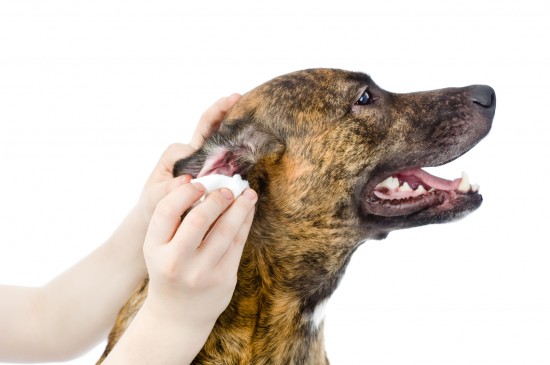 How To Clean Your Dog’s Ears
How To Clean Your
How To Clean Your Dog’s Ears
How To Clean Your
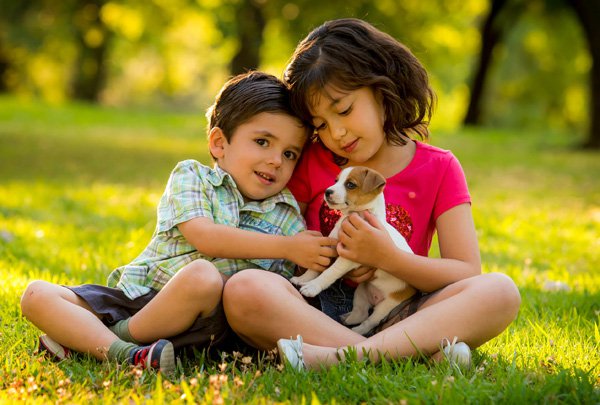 Responsible Factors For Shih Tzu Allergies
Responsible Factors For Shih Tzu Allergies
Shi
Responsible Factors For Shih Tzu Allergies
Responsible Factors For Shih Tzu Allergies
Shi
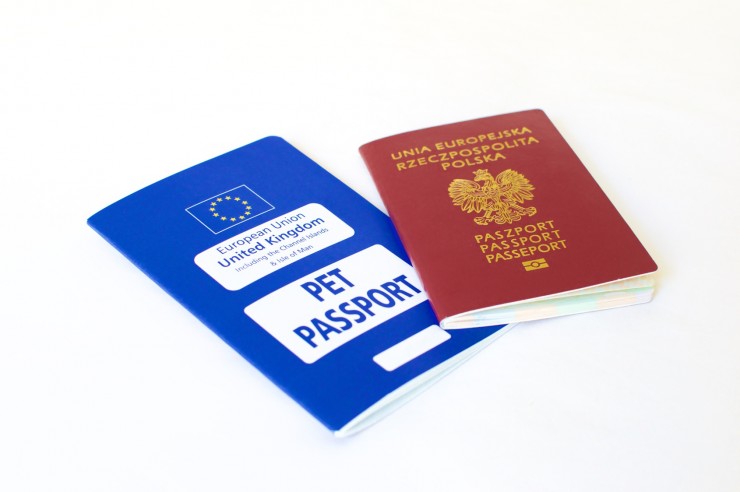 Dogs Trust Exposes Puppy Smuggling Scandal And Flaws In The Pet Passport Scheme
Dogs Trust Expose
Dogs Trust Exposes Puppy Smuggling Scandal And Flaws In The Pet Passport Scheme
Dogs Trust Expose
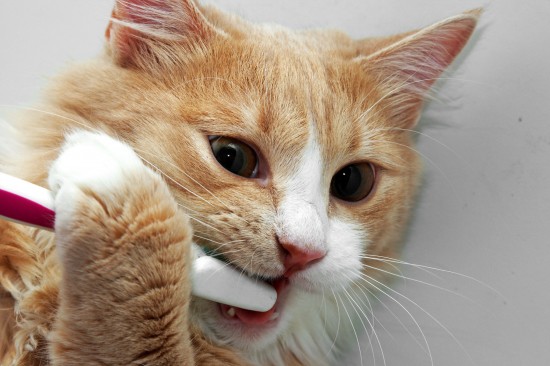 How To Keep Your Cats Teeth Cleaner
How To Keep Your
How To Keep Your Cats Teeth Cleaner
How To Keep Your
Copyright © 2005-2016 Pet Information All Rights Reserved
Contact us: www162date@outlook.com